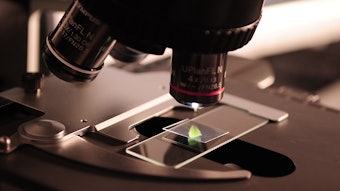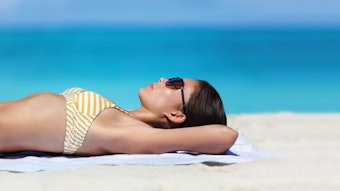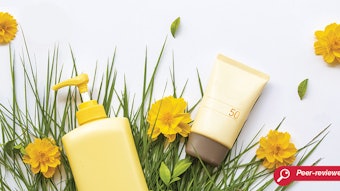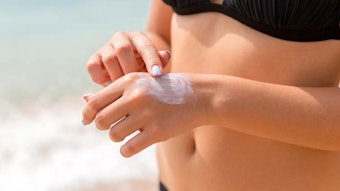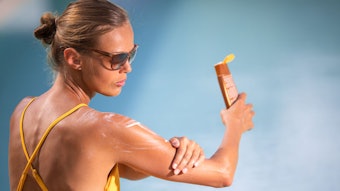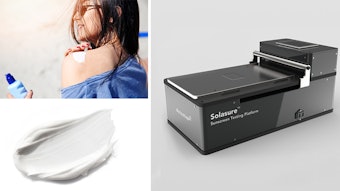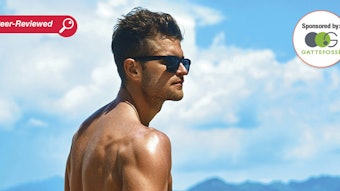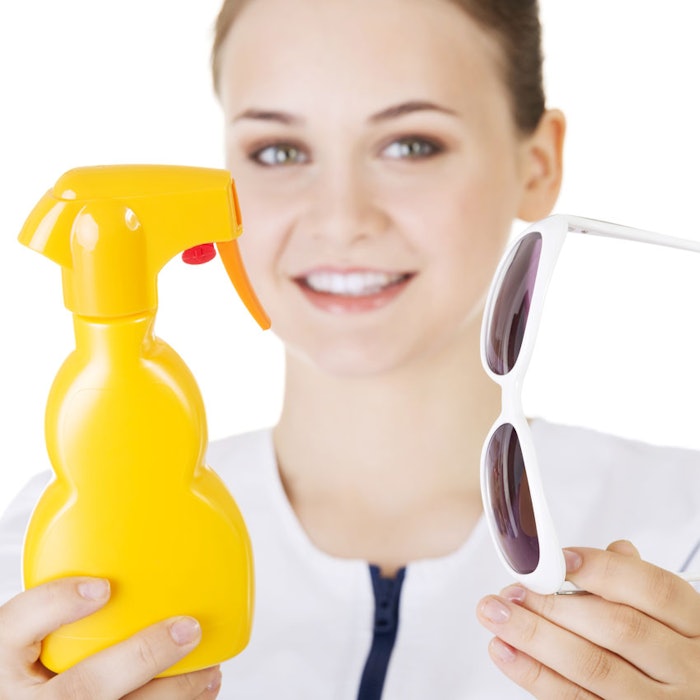
A recent Research Letter published by the Journal of the American Medical Association describes an online study of 261 dermatologists to whom sunscreen data was presented in different ways. The goal was to see how it impacted their perception of sunscreen efficacy.
It is well-known that a sun protection factor (SPF) indicates a sunscreen’s effectiveness in preventing sunburn. And from a technical standpoint, sunburn depends on the amount of erythema-inducing radiation (EIR) that actually reaches the skin; not the amount absorbed by sunscreens.
As such, as the authors explain, doubling an SPF from 30 to 60 does, in fact, halve the percentage of EIR transmitted to the skin; from 3.3% to 1.7%. This means the media and health professionals often incorrectly state that SPF levels above 30 offer only minor improvements in sun protection.
To understand how dermatologists were interpreting sunscreen efficacy, researchers presented them with the SPF values of three products (SPF 15, 30 and 60), and the EIR absorption and EIR transmission percentages of each. When SPF data was given, dermatologists gave sunscreen efficacy ratings that were slightly higher with increasing SPFs than ratings for transmission data. Interestingly, the lowest sunscreen efficacy ratings were given with the absorption data.
SPF ratings and sunscreen testing have been sources of debate for decades. They even leave experts scratching their heads. And with rising rates of skin cancer worldwide, the pressure is especially on to get it right. This may mean a new test protocol, novel UV filters or even a new approach to sun protection that redefines the product category.
Regardless of the outcome, one thing is for sure: we'll be scratching our heads a while, first.

